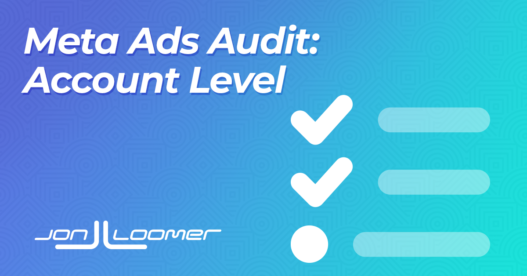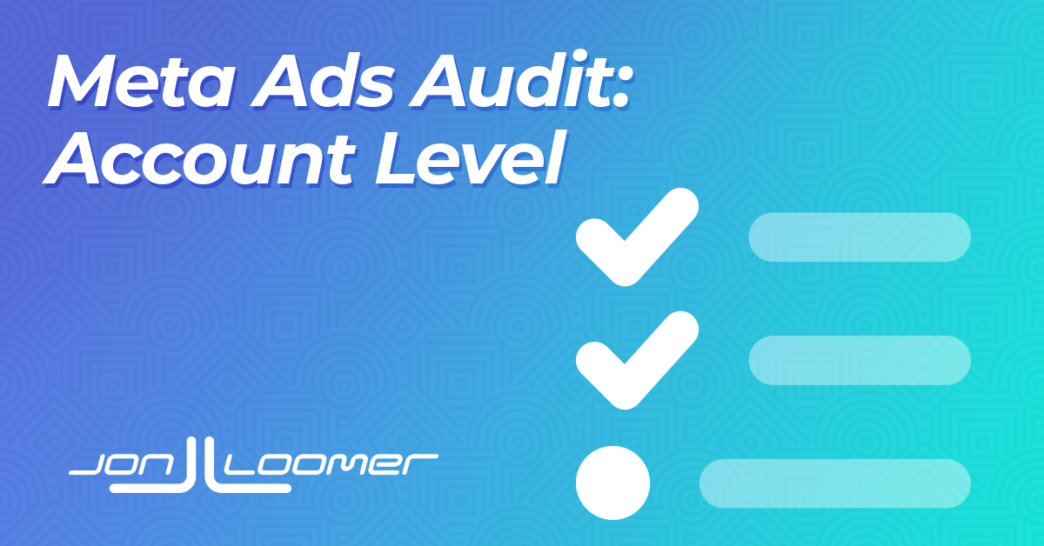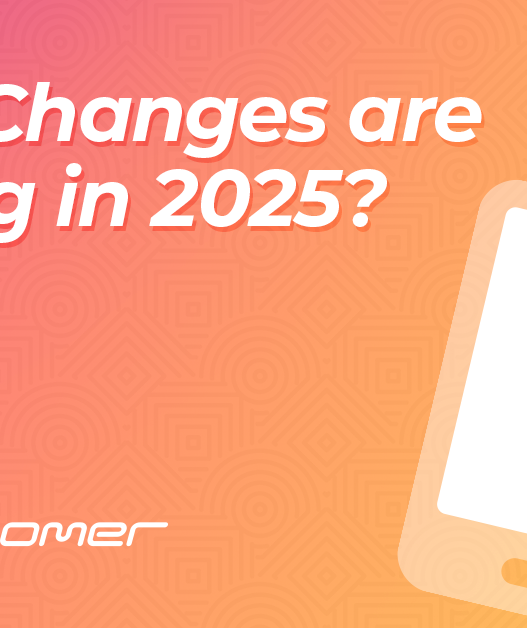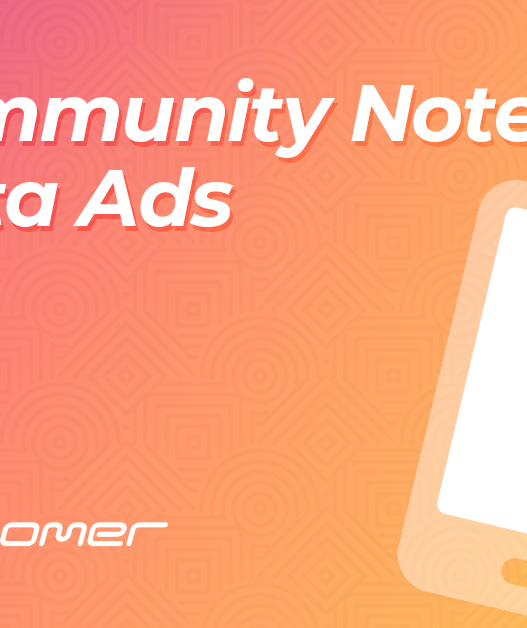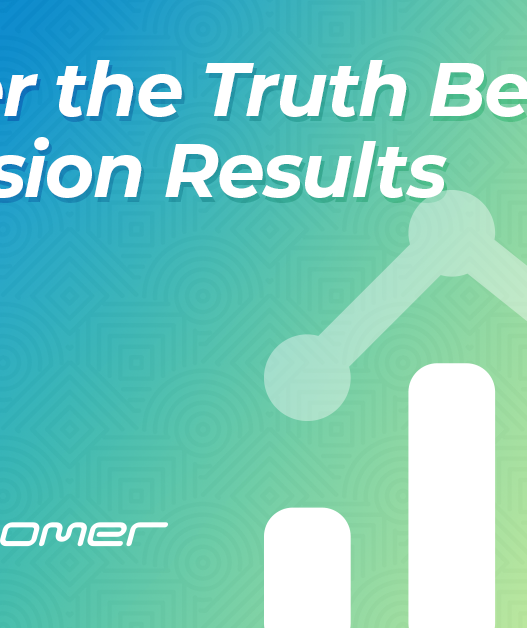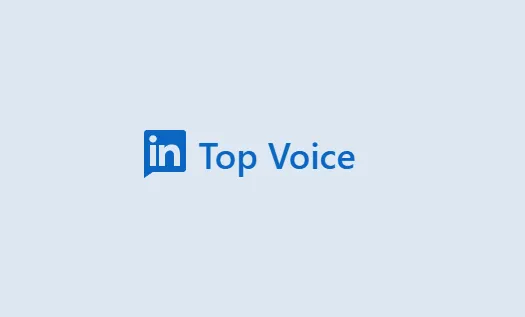When taking on or auditing a new client, it’s important to take inventory of what has been done so far. What are they doing right? What are they doing wrong? How are they set up?
Before you get to campaign construction, campaign performance, and Events Manager, there are several items that you need to check off your list related to access and settings.
All of these items could use additional detail, but we are going to cover them at a surface level today to get you started.
People and Partner Access
The client should have their own Business Portfolio, which is a collection of their assets (Facebook pages, Instagram accounts, apps, ad accounts, and more, and who has access to them.
PEOPLE
People are typically the company’s employees. These should not be the companies, agencies, and clients they work with.
Make sure that all people are active employees. Remove all former employees or people who no longer need access.
PARTNERS
Partners are other businesses, typically agencies or clients, who require access to a company’s assets.
Once again, you’ll want to remove prior partners who no longer need access.
ASSETS
Assets include all of the items required to run advertising:
- Facebook pages
- Ad accounts
- Apps
- Commerce accounts
- Instagram accounts
- WhatsApp accounts
- Catalogs
- Datasets (pixels and offline event sets)
- Custom conversions
- Shared audiences
Note that, ideally, the company’s active agency is given access to the ad account as a partner.
Security
There are a few key items to consider to assure proper security. You can find these within the Security Center section of your Business Portfolio.
1. Inactive Ad Accounts: Remove inactive ad accounts, which can be targeted by hackers.
2. Users with Possible Malware: Remove any users who have been detected to have possible malware.
3. Inactive Users: Remove any users who have been inactive for at least 90 days.
4. Two-Factor Authentication: Are all users set up with two-factor? This is an important security layer.
5. Users with Public Emails: Meta prefers business email domains, and even requires it in some cases.
6. Shared Credit Lines: Meta will notify you if there are any shared credit lines with suspicious activity that require removal.
7. Backup Admin: Meta recommends at least two people (employees) with full admin access to the Business Portfolio. That way, there’s always someone who has access if one has been locked out.
Advertising Settings
There are several options within Advertising Settings, but a few in particular that you should focus on.
1. Account Controls: Have account-side settings been defined for Audience and Placement Controls? This isn’t necessarily good or bad whether they have or haven’t, but it will be important context. It’s also possible that this was set and forgotten.

2. Advantage+ Creative: Is the box checked for testing new creative enhancements?

Are they testing new AI generation features?

Whether these things should be on will depend on the client.
3. Audience Segments: Have they defined both the Engaged Audience and Existing Customers, and have they done so both accurately and thoroughly? This is critical for Sales campaigns.

4. Default Beneficiary and Payer: Make sure that this is defined for all required countries or regions where the company advertises. This includes, but is not limited to, the European Union, Australia, and Taiwan.

Your Turn
As noted at the top, this truly is just the start of an account audit. This provides context of how well managed the account is before progressing to campaign construction, campaign results, and Events Manager. A sloppy setup will likely lead to sloppy results.
Anything you’d add to this section?
Let me know in the comments below!
